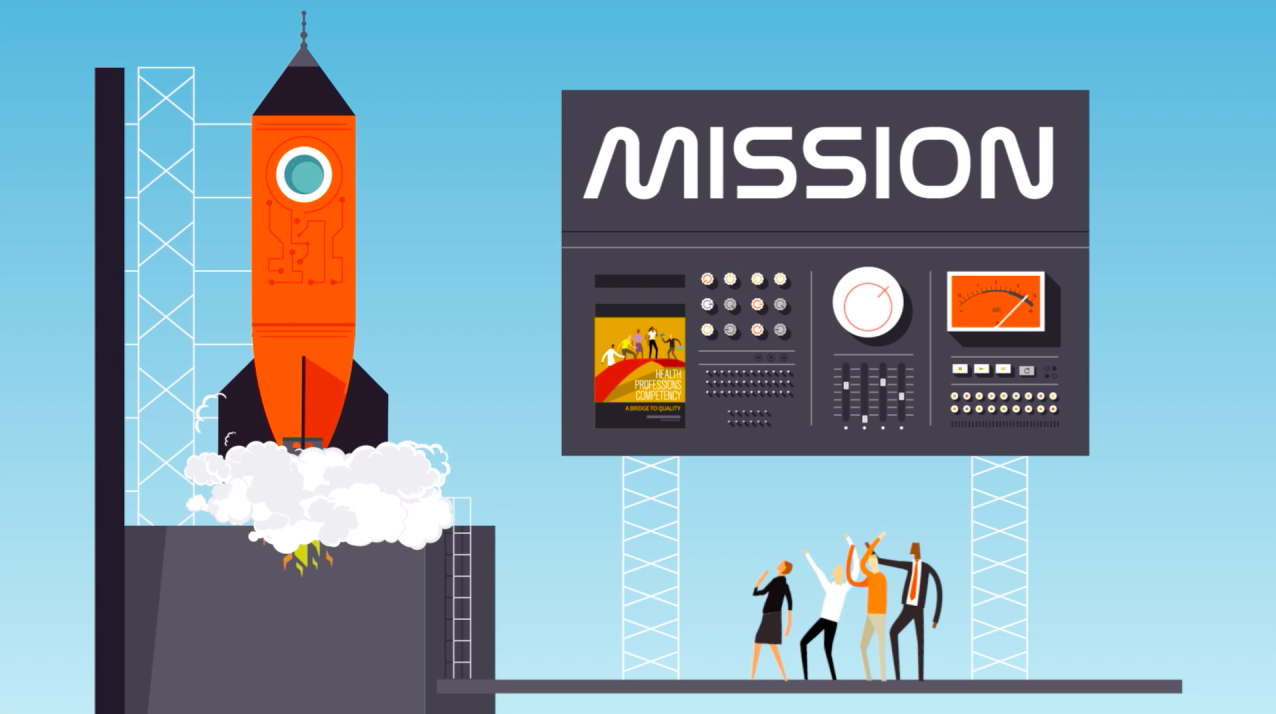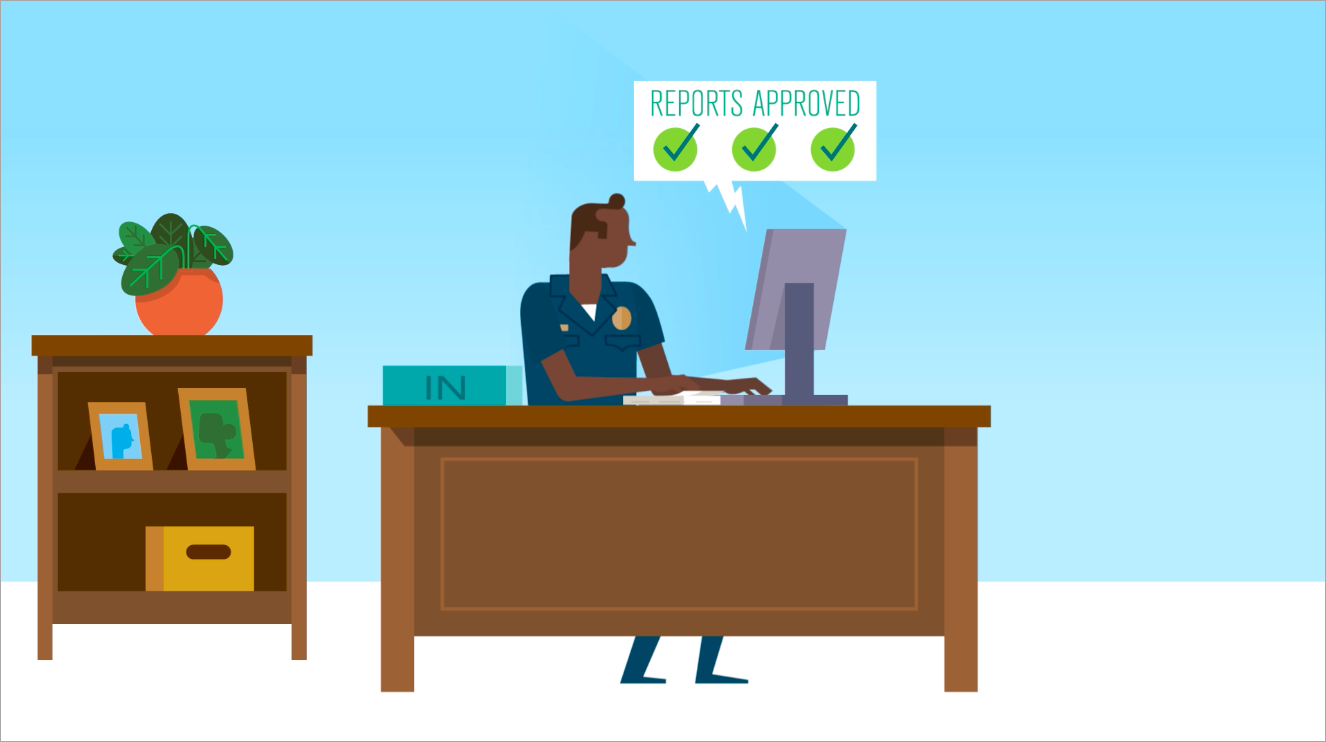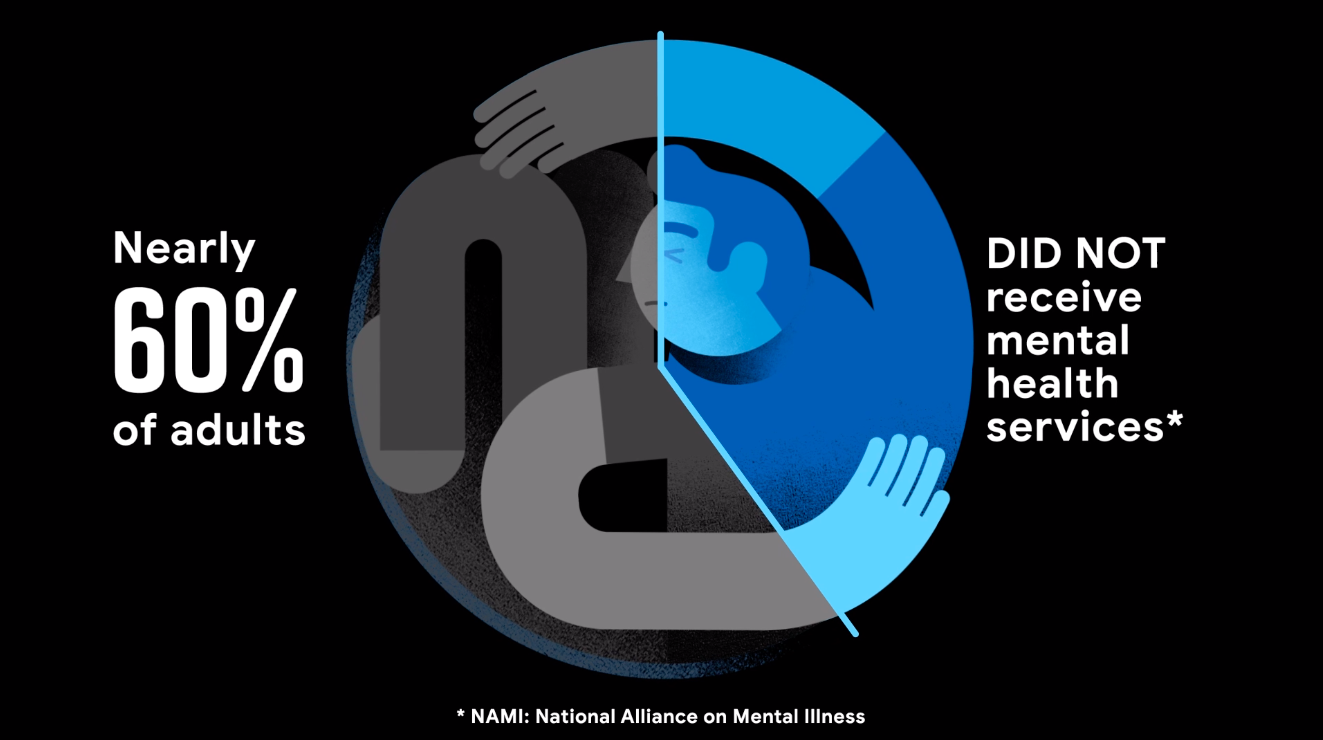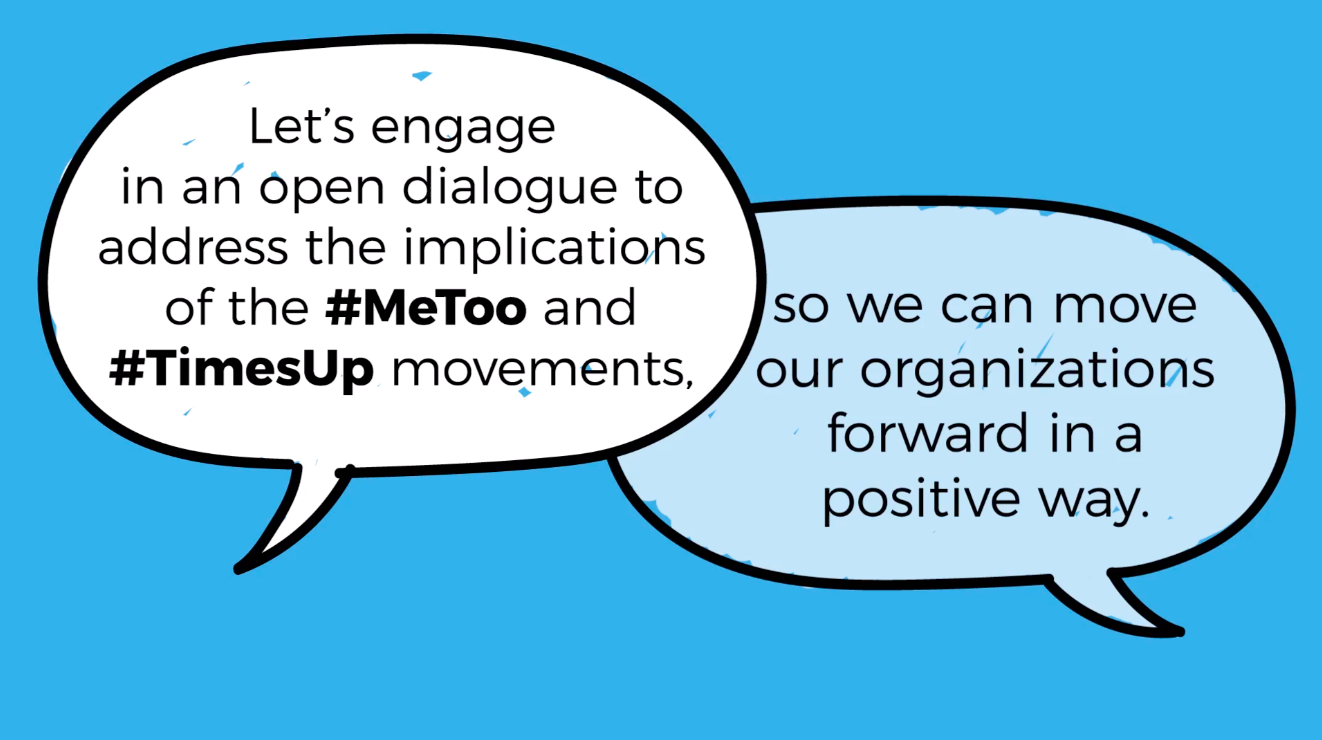When animation works best: Strengthening internal communications with strategic animated videos
Imagine how many times these scenarios play out every day: a CEO or VP sends a long company-wide email with the dull subject line “New product info” …and no one reads it. A Director sends a detailed division-wide email linking to a new process documentation on the intranet… and no one reads it. A Manager sends a team-wide invite to a mandatory training meeting… and half the group can’t be there while the other half already knows what they’re doing.
Too many emails. Too many meetings. The curse of the modern workplace.
An evolving workplace: employee communication is changing
Instead, imagine an engaging 60-second animated video that piques employees’ interest in the new product and gives them enough information to understand its benefits, then directs them to where they can learn more.
Instead, imagine a three-minute animated video that gives a high-level overview of why the new process is better, with an overview of how it works and where the full documentation can be found.
Instead, imagine a 10-minute animated training video that the team can view whenever it’s needed, wherever they are.
Imagine that: everyone on the same page thanks to visual storytelling. Instead of being irritated or bored, your employees are informed… and maybe even a little entertained
Yes, it’s just important to cut through the noise and respects peoples’ time as it is to provide deep detail on important topics. We all have to deal with numerous meetings, emails, texts, and Slack messages. They start to run together. When everything’s Starred in your Inbox, what stands out? When everything’s a deep dive, where do you start?
Short animated videos let you boil a message—or any part of an internal communication plan—down to its core components—the “need to know”. Longer videos can get deeper into the “nice to know” and both can let people know “where to go” if they need or want to learn more.
The workplace is evolving and many employees (regardless of age) don’t find old-fashioned business practices applicable, making the need to modernize internal comms critical. In the last few decades we’ve gone from paper memos to voicemail to email to direct messaging—but today, according to a 2016 survey conducted by Gatehouse, “we expect many of the best intranets to be largely built around video in the coming years. Video is also seen as one of the most effective internal channels.”
Many possibilities: Types of animated videos for internal comms
Here are a few examples showing how the art of animation can support internal comms. One of the tricky parts about the internal-facing videos we do is that… they usually they can’t be shared externally. So for these examples we need to show just the screenshots rather than the full animations.
For employee onboarding
→ Introduce new employees to colleagues, processes, company culture.
A big benefit is that you or your team don’t have to train each person individually, saving lots of time. With animated video you also have consistency of messaging, the ability to be location- and material-agnostic (just draw what you need or where you need to be!), saving lots of money. Training shouldn’t exclusively consist of animated videos, but a mix of videos, documentation, and real-life interaction with fellow team members. This will make the training process more interesting than watching videos all day long.

This video for an occupational safety organization gives employees a company overview, reminding them of its mission.
For employee training
→ Instead of more meetings, explanatory training videos can educate and inform.
Sometimes people get comfortable with the “old” way of doing things, but we all know that an “old” way might not be the most efficient way. Of course some training requires things to be done as they always have been: hands-on, face-to-face work. But not all of it! These days, animated videos can help more than you might imagine. In addition to being available at any time, people are able to play things at their own speed and rewind if they need something explained again.

This video series for a global consulting firm trains managers to better engage with and support their teams.
To share company updates
→ Fun, simple videos can deliver news in weekly or monthly wrap-ups.
Videos can really showcase company culture as well as show the company’s values and activities. A text-based company newsletter might go unread, being unable to grab attention in a cluttered inbox. But animated videos can help push out weekly/monthly updates, the sharing of financials, or an alert about the new product or workflow you’re launching a month from now. It gets everyone on the same page while sharing the news it in an engaging way.

This video for a major metropolitan police force prepares officers and administration for an upcoming technology overhaul.
For valuable HR news
→ Animated videos can be an informative way to roll out new employee-focused initiatives
Often, the rollout of a valuable new HR initiative is indistinguishable from a memo reminding people to clean out the office refrigerator: Plain, bland, maybe a piece of clip art is inserted in an attempt to liven things up. We can do better, especially when it comes to programs that truly benefit both employees and the company. Take health and wellness, for example. Talking about mental health or healthy living can be hard, but animated videos are able to break things down into both literal and conceptual visual storytelling—helping people of all learning styles get the message quickly.

This video series for a global consulting firm helps employees understand the many lessons and benefits of its new wellness program.
For all-hands meetings
→ Set the tone with a quick overview that can play on loop before a meeting or conference.
A silent animated video, featuring on-screen text, is the perfect setup for large meetings. You can set the tone, remind people of key events or concepts that will help prepare them to better understand the information they’re about to receive, give additional context around a complicated topic, show a timeline or history of what has led the company up to this point, etc. Videos like this get everyone “in the zone” and focused on the right things.

This video for an industrial construction company prepared employees to discuss #MeToo and sexual harassment during a company-wide get-together.
Time to make a choice: Animated video or live-action?
“OK,” you say. “Sure, those animated characters and worlds look nice,” you say.
“But why wouldn’t I just use live action—real people— like everyone else?”
Live action videos clearly have strengths: realism, recognizability, humanity. But they’re also expensive. And good acting is difficult (or expensive). And good filming requires location shooting (also expensive). This is why so many “live action” videos are simply talking heads (less expensive, but boring).
With animation, you can showcase anything you want, anywhere you want, in any way you want. Reality and magic combine in conceptual storyboards and illustrations that can feature people, artwork, infographics, brand elements, music, and a voiceover, or VO, track.
Plus, you have the ability to more easily change things down the line. With live videos, you’re often stuck with what you already recorded. For example, let’s say one of your team members is explaining a new policy, but six months down the line the company changes it. Sure, you can re-record that section and edit it in, but will it match up smoothly or look the same? Will it the sound feel right? Do you still have the wardrobe? Can you get back to the location? It the light quality the same? Is they camera the same? Even worse, is the person the same? Maybe the actor or employee talking in the video isn’t available or isn’t employed by the company now.
Animated videos can be highly technical, fun and playful, or even serious and somber. When animated visuals are paired with a good voiceover, it’s really easy to bring people into a different world for a few minutes and help them focus on the story you need to tell.
Getting started with your first animated video: In-house or outsourced?
We’ve got a proven process for creating order from a mix of animation ideas—or from scratch. Our “Ultimate Guide to Animations” covers the details, including history and various animation techniques, but here’s the quick version:
- After going through a DISCOVERY process where we collaborate to understand the content, audience, and goals of the project, the next step is to start with a SCRIPT. This is based on research into the benefits, features, and end users of your new product, process, or message. A deep understanding of the subject of your video and its intended audience is essential to crafting a script that tells a story worth telling, in a tone that will resonate.
- Next comes the STORYBOARD—a set of sketches that show, sequentially, key scenes in your animated video and how they pair with the script and come to life. Think of it as a Blueprint, of sorts, that provides a quick and easy way to start visualizing the finished video. It connects the script/VO to the visuals, and clarifies how things might move and come to life.
- Maybe your story can best be told via custom illustration. Or perhaps kinetic typography combined with licensed photography would work. In any case, as the process moves forward, you’ll be provided with samples of ARTWORK that reflect a range of stylistic options. Guided by the choices you make, illustrators and animators will create a video with a look and feel appropriate to your brand.
- In addition to what viewers see, there’s also the matter of what they’ll hear. SOUND plays a vital role in establishing the right mood and feel in an animated video. Selecting the voiceover talent and soundtrack is part of that. Here, again, you’ll be given options, along with the opportunity to weigh in.
- The ANIMATION production phase of the process is where it all comes together. As the animators work their magic, you should expect to receive links to works-in-progress. Ideally, the creative agency you’re partnering with also uses a system that allows you to annotate feedback within the video itself. When all is said and done, you’ll receive the final cut in a downloadable format that you can use as part of your business’s internal communications strategy.
Just like public speaking, many people are uncomfortable with their writing skills (but that’s not as scary as drawing, apparently!). We love writing and can take on an entire collaborative animation project from start to finish.
Or if you already have something in mind to amp up your team communication and have a script ready to go, we can go straight to storyboard. Similarly, if you have storyboard ideas finalized, we can illustrate and animate them.
Whatever the case, if you’re doing communication planning and have an important message that you want to share to your staff, but maybe you don’t necessarily have the time or skills to execute an animation yourself, or are concerned about live action video costs, we can jump in.
Animation has the reputation of being expensive, but we aren’t talking about Pixar movies here. For us, honestly, tackling this kind of visual storytelling is straightforward—and fun. So maybe start by exploring the range of cost and quality that different agencies have to offer.
Then, when you’re ready to take the next step with animation—let us help!
